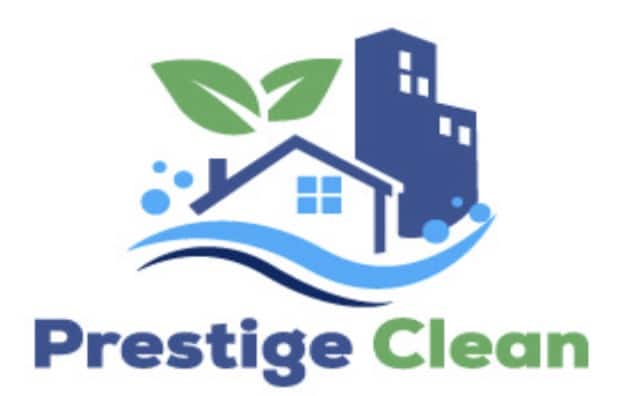Our qualified technical team at Service King recently helped us in the removal of wasp colony in West Auckland. We would like to share our expert’s knowledge and advice here to help you with wasp removal from your property.
Background brief
The most abundant and dangerous pests in New Zealand is this tiny, winged invader wasp with devastating effects. They are non-native species and were accidentally introduced in 1940s at the end of World War II from Germany (“Wasps,” Department of Conservation).
Wasps are a havoc to our ecosystem and unique biodiversity. These opportunistic feeders don’t target any particular insects – rather, they eat them all, starting with the big ones, and targeting down when they run out (Bohny, 2017).
They not only attack, kill, eat insects, and newly hatched native birds but eat a major food source of the forest (Carson, 2016). Their sharp stinger produces the venom which when injected into the wound causes pain. The toxic proteins in the venom induce serious allergic reactions which often results in life-threatening reaction for 1-3% of the population (DeAngelis, 2018).
Symptoms of wasp sting
Large local reactions to a sting
If you’re not allergic to stings, only minor symptoms during and after a sting will show up. A sharp pain or burning can be felt as an initial sensation to the sting. Some can also experience itching, redness, and swelling in the area (Healthline, 2017).
Most of the times, the local reactions subside on their own after a week or so. Consult your doctor and they may direct you to take a medication which can help reduce the discomfort.
Severe allergic reactions
If someone suffers from severe allergic reactions to wasp stings and as a reaction, the body gets into shock, is referred to as anaphylaxis. One should seek immediate emergency care for the treatment (Healthline, 2017).
The severe allergic reaction to wasp sting, may include –
· Severe swelling of the face, lips, or throat
· Dizziness
· Lightheadedness
· Sudden drop in blood pressure
· Wheezing or gasping
· Diarrhea
· Stomach cramps
· Hives or itching in body parts not affected by sting
· Loss of consciousness
· Weak or racing pulse
How to treat wasps stings?
Home treatment for mild to moderate reactions –
· Use soap and water to remove as much as venom as possible
· Use a cold pack to remove swelling and pain
· Keep the wounded area clean and dry
· If desired, cover it with a bandage
The first aid varies depending on the creature that has stung you. Consult a doctor immediately, for an immediate help (Healthline, 2017).
Severe allergic reactions –
This needs immediate medical attention. Please call 111.
How to eradicate wasps?
If you’re searching for wasp control solution, the approach depends on whether the nuisance is spread across large areas with several nests or one or two nests in an area (“Wasps,” Department of conservation).
Controlling large area with several wasp nests
Vespex was developed to target wasps. It’s a protein bait which contains insecticide fipronil and deployed from a bait station. Wasps take Vespex back to their own nests to feed their young. While the bait is targeted at wasps, but only turns effective when they are hunting protein, which only happens at certain times of the year (“Wasps,” Department of Conservation).
If you plan to use it, you must pass an online test to ensure that you are using it as per instruction manual. If you wish to know more about the solution, click here.
Destroying single wasp nests
On your wasp hunting expedition, a sunny day, near sunrise or sunset, will be helpful. The low light angles will suggest and highlight the flight path as wasps enter and leave the nest (“Wasps,” Department of conservation).
Here comes the real job –
You can place a dessert spoonful of insecticide at the entrance of the nests. Make sure you are doing this after dark. It is when wasps have stopped flying.
You may want to use a puffer bottle for this task.
As a result, the worker wasps will spread the powder into the nest and their colony will die within a day’s time. You can use this in repetition until their activity comes to an end (“Wasps,” Department of conservation).
This cannot be attempted without safety equipment. Also, do not forget to follow the safety instructions supplied with the insecticide.
For any professional help, reach us at 0800 004 120.
Our qualified team will kick your ants, wasps, cockroaches, fleas, and vermin to the kerb and close the door so they can’t get back in. If something’s bugging you or your building, we’ll sort it out today. Give us a call to discuss your needs or fill out the form below.
Make an enquiry
[contact-form-7 id=”61″ title=”Request a Quote”]
References
Bohny, S. (2017). Wasps are wiping out New Zealand’s native bugs, experts believe. Stuff. Retrieved from https://www.stuff.co.nz/environment/wasp-wipeout/99870169/wasps-are-wiping-out-new-zealands-native-bugs-experts-believe
Carson, J. (2016, December 30). Ruthless villains, dangerous invaders: A history of German wasps in New Zealand. Stuff. Retrieved from https://www.stuff.co.nz/environment/wasp-wipeout/85981172/ruthless-villains-dangerous-invaders-a-history-of-german-wasps-in-new-zealand
DeAngelis, J. (2018). Why these insects sting. ‘Bugs. Retrieved from http://www.livingwithbugs.com/yel_stin.html
.



